Disclosure: This article contains affiliate links. We may earn a commission from purchases at no extra cost to you, which helps our travel content.
The interplay between food and cultural identity has always fascinated me, both as an academic and as someone who grew up straddling multiple cultural worlds. Puerto Vallarta—a coastal gem where the Sierra Madre mountains embrace the Pacific—offers a perfect case study in how culinary traditions reflect broader cultural narratives. During a recent long weekend escape from my teaching responsibilities at Aurora University, I found myself wandering through this Mexican coastal city's labyrinthine food scene, notebook in hand, documenting not just flavors but the stories behind them. What began as a simple weekend getaway transformed into an immersive exploration of how Puerto Vallarta's distinctive food culture serves as both a preservation mechanism for tradition and a canvas for innovation. For couples seeking a gastronomic adventure that balances authentic experiences with romantic ambiance, this coastal paradise delivers an accessible yet profound culinary journey worth savoring together.
The Street Food Symphony of El Centro
My exploration began where all meaningful cultural investigations should—at street level, among locals. El Centro, Puerto Vallarta's historic heart, pulses with culinary energy that reveals the city's authentic character far more honestly than any resort zone could.
The cobblestone streets radiating from the iconic Church of Our Lady of Guadalupe become particularly alive after 6 PM, when families emerge and food carts materialize as if summoned by collective hunger. Here, I discovered taco stands that have operated for generations, their recipes passed down through families with the reverence of sacred texts.
At Tacos El Cunado, where I returned three consecutive evenings, Don Miguel prepares carne asada with methodical precision, the sizzle of marinated beef hitting the plancha creating a sensory overture to the meal. What struck me most was the performative aspect—the way he slices, seasons, and serves embodies what we academics might call 'embodied cultural knowledge'—expertise transmitted not through textbooks but through observation and practice.
The true revelation came in the form of tacos al pastor, where Middle Eastern cooking techniques (introduced by Lebanese immigrants in the early 20th century) merged with Mexican ingredients to create something distinctly new yet deeply traditional. This culinary fusion perfectly illustrates what I often tell my Urban Cultural Studies students: authentic culture isn't static but continuously evolving through cross-cultural dialogue.
For those concerned about street food safety, I found a simple rule served me well: follow the crowds of locals, particularly families with children. Their presence signals both quality and safety more reliably than any guidebook recommendation.
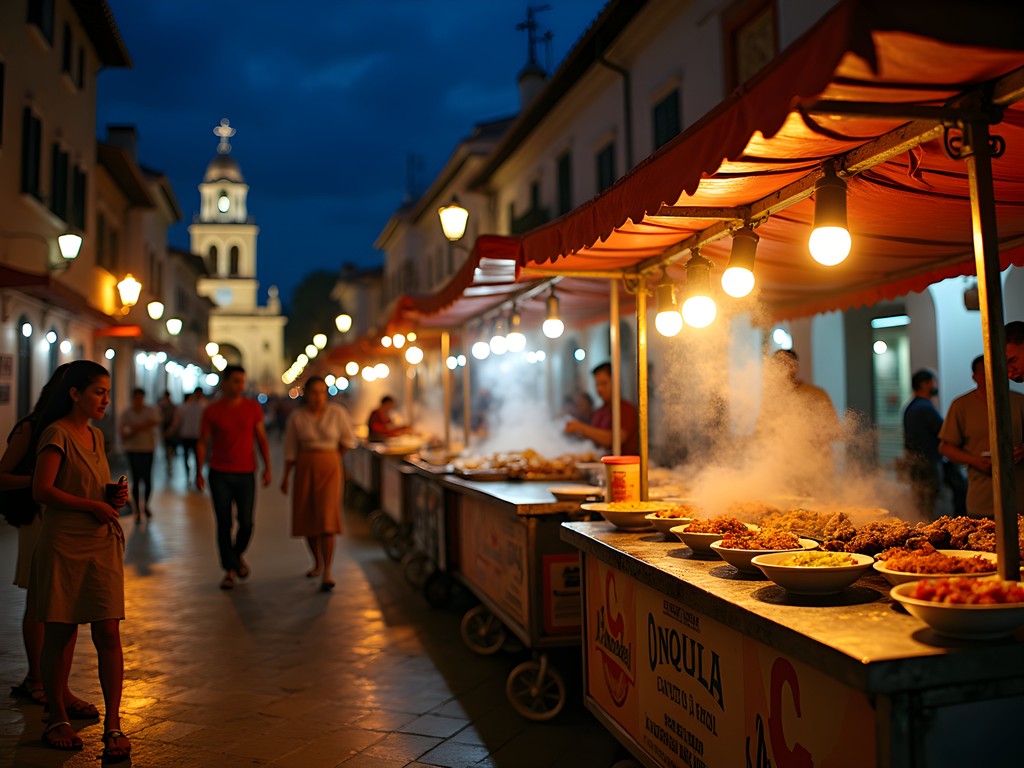
💡 Pro Tips
- Visit street food vendors after 6 PM when locals eat and the selection is freshest
- Look for stands with visible salsa preparation areas—fresh ingredients signal attention to quality
- Carry small bills (pesos) for easier transactions with vendors
Mercado Municipal: The Culinary Classroom
Markets have always served as my preferred entry point for understanding a city's relationship with food. Puerto Vallarta's Mercado Municipal Rio Cuale functions as both commercial space and informal educational institution—a living museum of regional ingredients and culinary practices.
Wandering through the market's covered corridors on my second morning, I documented the dizzying variety of chiles—from the ubiquitous jalapeño to the more complex smoky chipotle and intensely hot habanero. Each vendor seemed to specialize in particular ingredients, suggesting an informal guild system that preserves specialized knowledge.
What particularly captured my academic interest was the market's spatial organization, with clear delineations between meat vendors, produce sellers, and prepared food stalls—a physical manifestation of cultural categorization systems. Yet despite this organization, the boundaries remain permeable, with constant interaction between vendors creating a dynamic knowledge-sharing ecosystem.
I spent nearly three hours at Mariscos El Guero, a small seafood counter where I watched the proprietor transform the morning's catch into aguachile—essentially Mexico's answer to ceviche. The meticulous preparation, with its precise balance of lime, chili, and the freshest raw shrimp, demonstrated how seemingly simple dishes require profound understanding of ingredient behavior and chemical reactions.
For couples visiting the market, I recommend bringing along a insulated backpack cooler to store any market purchases like fresh fruits or local cheeses that might make perfect additions to an impromptu picnic later. The market's central location makes it ideal for gathering provisions before heading to nearby Isla Río Cuale for a romantic riverside lunch.
Beyond food, the market houses numerous artisans crafting everything from textiles to jewelry, providing insight into how culinary and material cultures intertwine within the broader creative economy of the region.
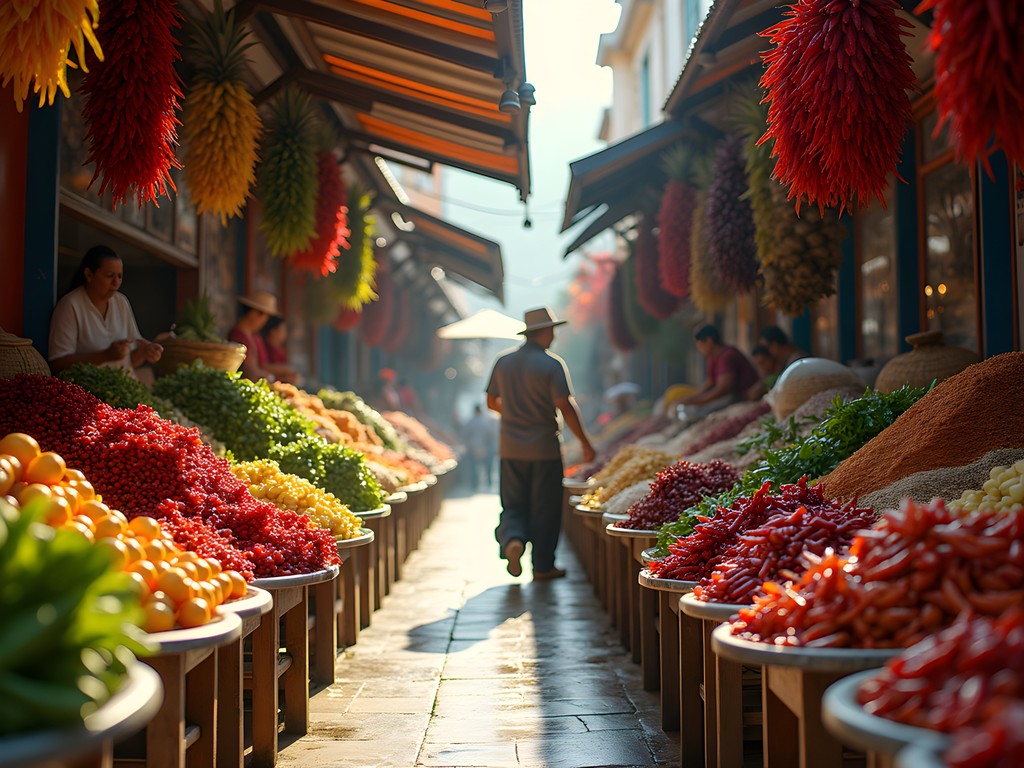
💡 Pro Tips
- Visit between 8-10 AM when produce is freshest and before tourist crowds arrive
- Ask vendors for cooking suggestions—most are eager to share preparation tips
- Look for seasonal fruits you won't find at home, like mamey sapote or guanabana
The Art & Science of Tequila
No exploration of Puerto Vallarta's food culture would be complete without examining tequila—the spirit that embodies the region's agricultural heritage and technical innovation. While my academic background is in urban studies rather than chemistry, I've always been fascinated by how traditional production methods encode cultural values and ecological knowledge.
Rather than joining large commercial tours, I sought out Tequila Don Julio, a small-batch producer in the hills just outside Puerto Vallarta. Here, fourth-generation tequilero Eduardo Martinez guided me through the process from agave cultivation to distillation, explaining how factors like soil composition, harvest timing, and cooking methods influence the final product's character.
What struck me most was the tension between tradition and modernity. While Eduardo proudly maintains traditional tahona wheels to crush the agave—a method dating back centuries—he's also implemented modern sustainability practices like water recycling and solar power. This balance reflects the broader cultural negotiations happening throughout Mexico as communities determine which traditions to preserve and which to adapt.
The tasting session that followed was less about consumption and more a sensory education. Eduardo taught us to identify the distinctive vegetal notes of blanco tequila, the vanilla undertones in reposado, and the complex caramel depths of añejo. For couples looking to continue their tequila education at home, I recommend picking up a proper tequila tasting set to fully appreciate the aromatic complexities of quality tequilas.
Particularly fascinating was learning about the denominación de origen (designation of origin) regulations that legally define tequila—a system that parallels European protections for products like Champagne or Parmigiano-Reggiano. These legal frameworks reveal how culinary products become intertwined with regional identity and economic development strategies.
For those interested in bringing knowledge home, I found Eduardo's recommendation of tequila guide to be an excellent resource for understanding the cultural and technical aspects of Mexico's most iconic spirit.
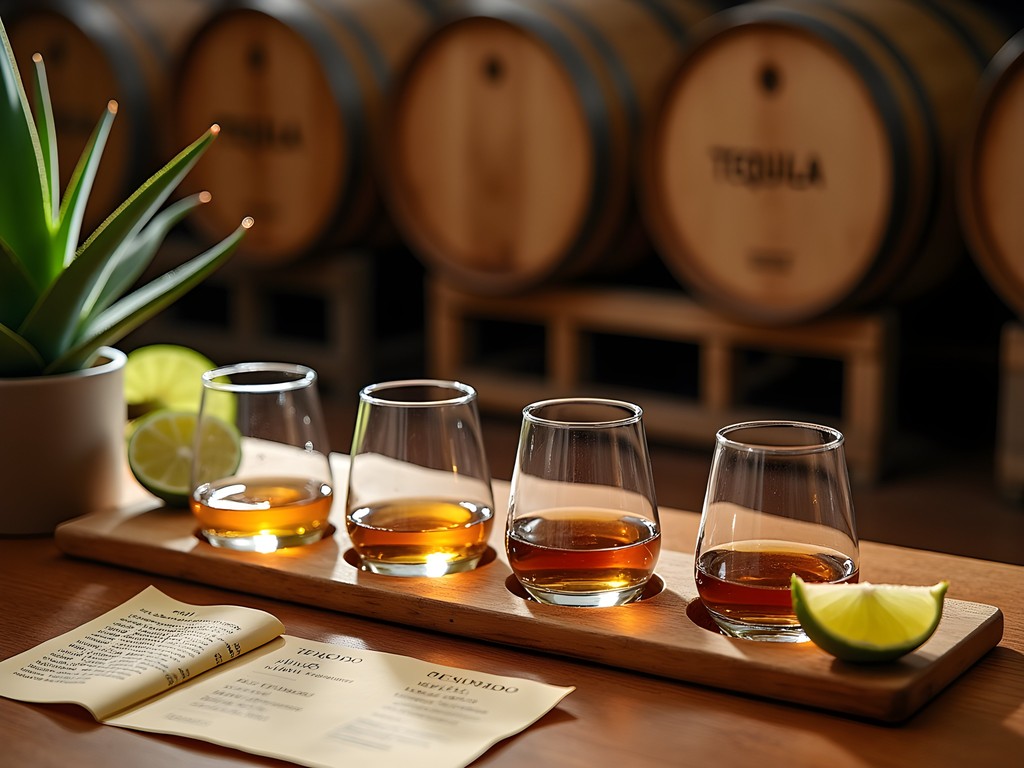
💡 Pro Tips
- Schedule tequila tastings earlier in the day when your palate is most sensitive
- Always ask about the agave source—100% blue agave produces superior tequila
- Take notes during tastings to track your preferences and understanding
Romantic Dining: Where Tradition Meets Innovation
While street food and markets provide crucial insights into everyday culinary practices, Puerto Vallarta's restaurant scene offers a different perspective—one where chefs consciously negotiate between tradition and innovation, often with romantic atmospheres perfect for couples.
At Café des Artistes, chef Thierry Blouet creates what he calls 'Mexican contemporary cuisine'—dishes that honor traditional ingredients while employing techniques from his French culinary training. The resulting fusion represents a sophisticated dialogue between culinary traditions rather than a simple mixing of elements.
The restaurant itself occupies a restored hacienda, where the architecture creates intimate dining spaces amid lush tropical gardens. My partner and I chose a table nestled among mango trees strung with fairy lights, creating a setting that balanced refinement with tropical warmth. This spatial arrangement—formal yet connected to the natural environment—perfectly complemented the culinary approach.
The tasting menu proved particularly illuminating, featuring dishes like chili-chocolate crusted venison and coconut-infused aguachile. Each plate demonstrated how contemporary Mexican chefs are reinterpreting traditional flavor profiles through modern technical approaches, creating experiences that feel simultaneously innovative and deeply rooted.
For a more accessible yet equally authentic experience, La Palapa on Los Muertos Beach offers beachfront dining where the sound of waves provides the soundtrack to your meal. Their seafood-focused menu highlights regional techniques like Zarandeado-style grilled fish, traditionally prepared by fishermen along Jalisco's coast.
What makes Puerto Vallarta particularly special for couples is the range of romantic dining settings—from candlelit colonial courtyards to seaside tables where your feet touch the sand. These environments transform meals into multisensory experiences that engage with place as much as with flavor.
For those planning special celebration dinners, I recommend making reservations well in advance and considering portable phone charger to ensure you can capture those magical sunset dinner moments without battery anxiety.
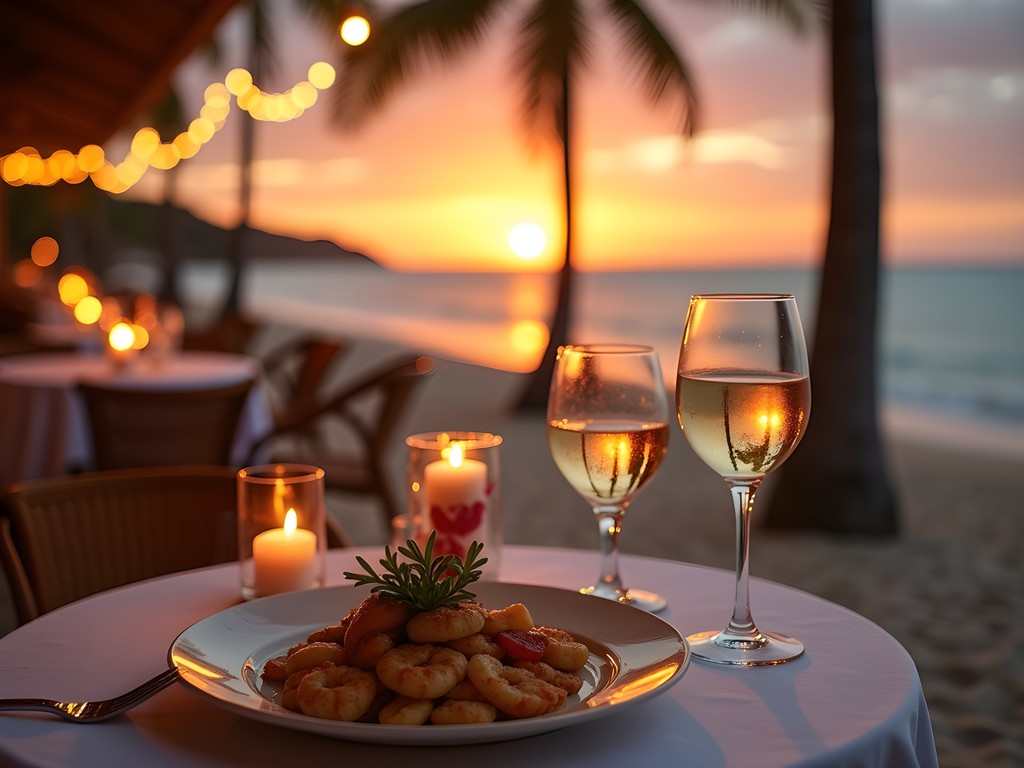
💡 Pro Tips
- Request tables with ocean views when making reservations at beachfront restaurants
- Consider early dining (6-7 PM) to enjoy sunset views during your meal
- Ask servers about dish origins—many have fascinating stories about regional recipes
Beyond Tourism: Cooking Classes as Cultural Exchange
As both an academic and traveler, I've always been skeptical of experiences designed primarily for tourists. However, Puerto Vallarta's cooking classes offer something more substantial—spaces of genuine cultural exchange where knowledge transmission occurs in multiple directions.
At Gaby's Restaurant Cooking Class, I joined six other travelers for a morning market tour followed by a hands-on cooking session. What distinguished this experience was Chef Julio's approach—rather than simply demonstrating techniques, he contextualized each dish within broader cultural narratives, explaining how recipes evolved through historical events and family adaptations.
The class began with a guided tour through Emiliano Zapata Market, where Julio introduced us to vendors he's worked with for decades. This relationship-based procurement system revealed the social infrastructure supporting local food systems—networks of trust and reciprocity that sustain both economic and cultural exchange.
Back in the teaching kitchen, we prepared chile rellenos using traditional techniques but with a fascinating twist—Julio demonstrated both his grandmother's method and his own contemporary adaptation, allowing us to compare approaches. This juxtaposition perfectly illustrated how culinary traditions remain vital through thoughtful evolution rather than rigid preservation.
What made this experience particularly valuable for couples was its collaborative nature. My partner and I found ourselves working together to master techniques like proper salsa grinding using a molcajete (traditional stone mortar and pestle). These shared challenges created moments of connection that transcended typical tourist activities.
For those wanting to continue their Mexican cooking journey at home, I recommend investing in a proper molcajete. Unlike electric food processors, these traditional grinding stones release essential oils differently, producing salsas with distinctly authentic flavor profiles that electric appliances simply cannot replicate.
Beyond specific recipes, these classes offer insight into Mexican food philosophy—approaches to balance, seasoning, and presentation that reflect deeper cultural values around hospitality and abundance.

💡 Pro Tips
- Book cooking classes early in your trip to gain knowledge you can apply throughout your stay
- Choose classes that include market tours for a more comprehensive cultural experience
- Take detailed notes on techniques that aren't easily found in cookbooks
Final Thoughts
As my weekend in Puerto Vallarta drew to a close, I found myself reflecting on how this coastal city's food culture embodies what scholars call 'glocalization'—the complex interplay between global influences and local traditions. From street tacos that incorporate Lebanese techniques to fine dining restaurants where European-trained chefs reinterpret indigenous ingredients, Puerto Vallarta's culinary landscape offers couples not just delicious meals but windows into broader cultural processes. What makes this destination particularly special for food-loving couples is its accessibility—you needn't be a culinary expert or academic to appreciate the authentic flavors and stories behind each dish. As you plan your own gastronomic journey to this Pacific paradise, remember that the most meaningful experiences often come from slowing down, asking questions, and approaching each meal as an opportunity for connection—both with your partner and with the rich cultural heritage that makes Mexican cuisine one of the world's most beloved culinary traditions. ¡Buen provecho!
✨ Key Takeaways
- Puerto Vallarta offers culinary experiences across all price points, from street food to fine dining
- The best food experiences combine delicious flavors with cultural context and storytelling
- Cooking classes provide couples with skills and knowledge they can bring home as lasting souvenirs
📋 Practical Information
Best Time to Visit
year-round, though November-April offers ideal weather
Budget Estimate
$75-150 per day per couple for food experiences
Recommended Duration
3-4 days minimum
Difficulty Level
Beginner

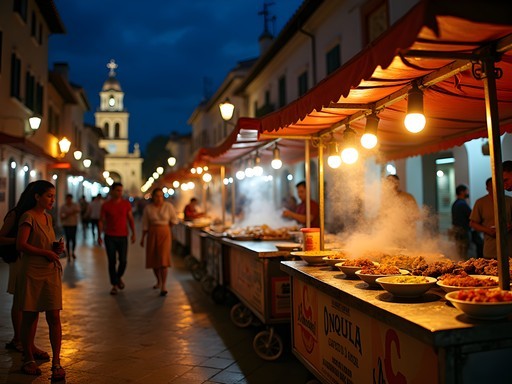
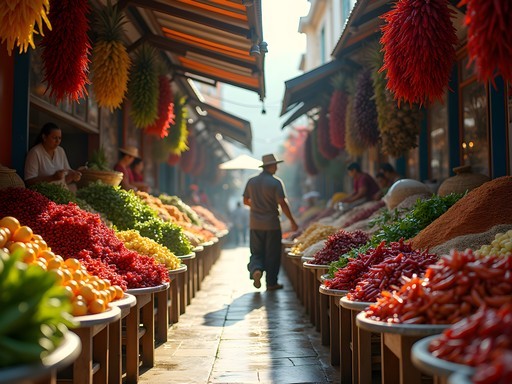

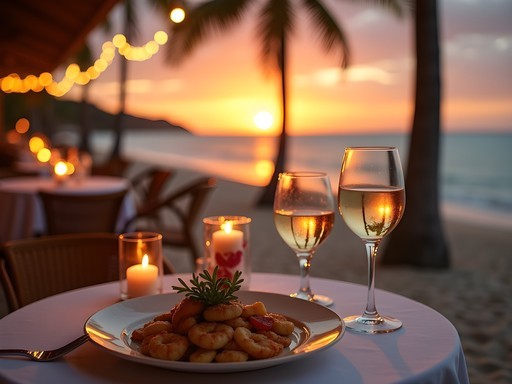




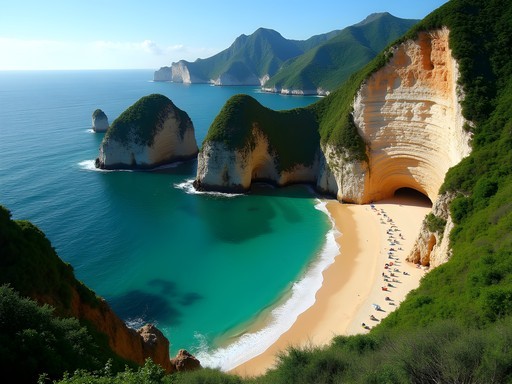
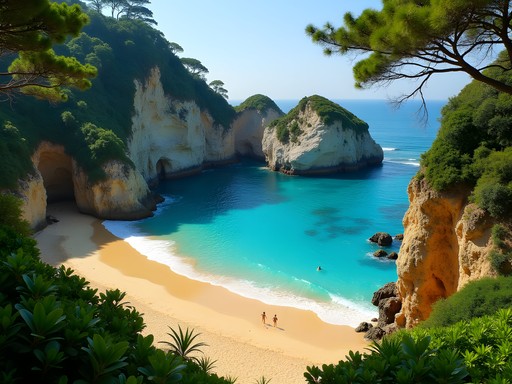

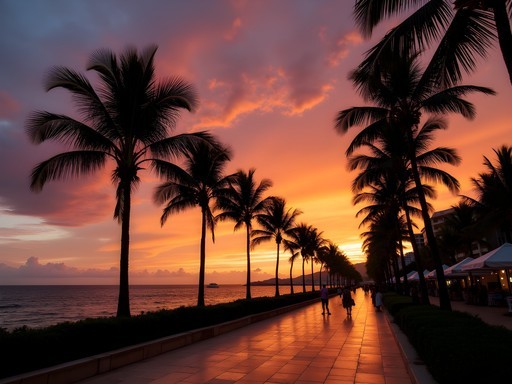
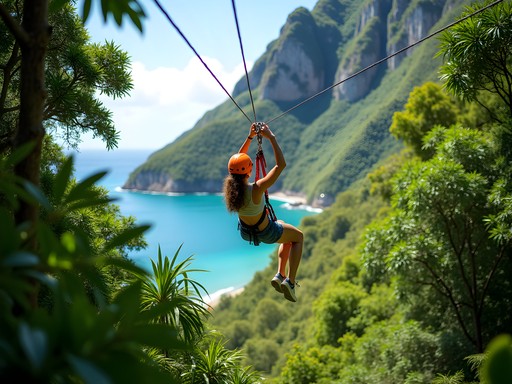

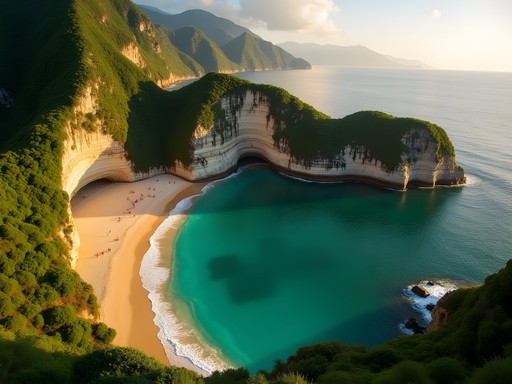
Comments
redwalker
Just got back from PV and can confirm everything in this post! Pro tip for anyone going: the best street tacos come out after 9pm when the locals eat. Skip the tourist spots and head a few blocks inland from the Malecón. Also, if you're into tequila tasting, bring small notebook to write down what you like - after the third sample it all starts to blur together lol. Great post Anthony!
smartnomad
The notebook idea is genius! Wish I'd thought of that before my tasting tour turned into a blur 😂
beachrider
Heading to PV next month! Which tequila tour would you recommend for beginners?
Anthony Franklin
The tour at Mamá Lucia is perfect for beginners - they take time to explain the basics and their tasting flight is excellent. Just be sure to book at least 2 days in advance!
beachrider
Thanks! Will definitely check it out.
Marco Flores
Reading this transported me back to my own journey through Puerto Vallarta last summer! There was this tiny street cart near El Centro where an elderly woman made the most incredible birria tacos I've ever tasted. Her hands moved with such precision - decades of muscle memory in action. I asked her how long she'd been making them, and she just smiled and said 'toda mi vida' (all my life). That's the magic of Mexican street food - stories and traditions passed down through generations. Anthony, your section on the Mercado Municipal captured that spirit perfectly. I used my pocket translator to chat with vendors there and discovered family recipes dating back centuries. The connection between food and identity runs so deep here. Beautiful piece, man!
Gregory Boyd
Anthony, I appreciate your academic approach to food culture in Puerto Vallarta. Having visited numerous times over two decades, I've observed the evolution of the culinary landscape there. Your analysis of 'glocalization' is spot-on. The tension between traditional techniques and tourist expectations creates a fascinating dynamic. One element worth exploring further is the regional variations within Jalisco state itself. The coastal preparations in PV differ markedly from inland Guadalajara styles, particularly in seafood treatments. Did you venture to any of the smaller fishing villages north of the city? Punta de Mita has some remarkably authentic seafood preparations untouched by tourism's influence. I've documented these contrasts extensively on my blog if you're interested in comparing notes.
Anthony Franklin
Gregory, always appreciate your insights! I didn't make it to Punta de Mita this trip, but it's on my list for next time. I'd love to see your comparative analysis - perhaps we could collaborate on a piece examining the coastal-inland culinary divide?
bluezone
Those sunset dinner pics are incredible! 😍
smartnomad
OMG Anthony this post has me DROOLING! 🤤 I visited Puerto Vallarta last year but totally missed that mercado you mentioned! The street tacos were life-changing though - that al pastor with pineapple? I still dream about it! Did you try any mezcal while you were there? I found it way more interesting than tequila but maybe that's just me being weird lol. Definitely bookmarking this for my next trip!
Anthony Franklin
Thanks for the kind words! And yes, I did try mezcal - there's a small section about it in the tequila segment. The smoky complexity is fascinating, but I'm still partial to a good añejo tequila. Next time, don't miss Mercado Municipal - it's where all the locals shop!
smartnomad
Oh I totally missed that part about mezcal! Will definitely check out the mercado next time. Thanks Anthony!
Haley Hamilton
Anthony, your perspective on 'glocalization' in Puerto Vallarta's food scene is spot-on! It reminds me of my backpacking trip through Jalisco last year. What fascinates me about PV is how it maintains authenticity despite being a tourist hub. I spent three days with a local family who taught me to make their grandmother's mole recipe - a process that took HOURS but was worth every minute. The subtle regional differences in dishes we think we know well (like tacos) is what makes food exploration so rewarding. Did you visit any of the small villages outside PV? I found the culinary traditions even more pronounced there, especially in Sayulita where this elderly woman makes tortillas using a technique that's been in her family for centuries. Your post has me itching to go back!
greenqueen
@Haley Hamilton - That mole experience sounds amazing! Would you mind sharing which family/cooking class that was with? Planning a trip for January!
bluestar
Just got back from PV last week and followed some of your recommendations - the taco stand near the church was exactly where you described and those al pastor tacos were life-changing! The way they slice it right off the trompo with that pineapple on top... perfection. We also stumbled upon this tiny mezcal bar down a side street that did amazing tastings paired with chapulines (grasshoppers). My husband was skeptical but ended up loving them! The bartender explained all about the different agave varieties and production methods. Puerto Vallarta really is a food paradise.
vacationstar
Those street tacos look incredible! Is it safe to eat street food there? I've always been nervous about trying it when traveling.
Haley Hamilton
@vacationstar Totally understand your concern! I was nervous my first time too. Look for stalls with locals lined up - that's always a good sign. I carry digestive aids just in case, but honestly, I've had more stomach issues from fancy restaurants than street food in Mexico!
bluephotographer
Great write-up! We're heading to PV next month. Any recommendations for seafood spots that aren't in all the tourist guides? Also wondering if it's worth taking a day trip to any of the tequila distilleries?
bluestar
Not Anthony, but I can recommend Mariscos El Coleguita in the Marina area. Super fresh catch and the aguachile is mind-blowing. Cash only though!
bluephotographer
@bluestar Thanks for the tip! Adding it to my list.
Venture X
Premium card with 2X miles, $300 travel credit, Priority Pass